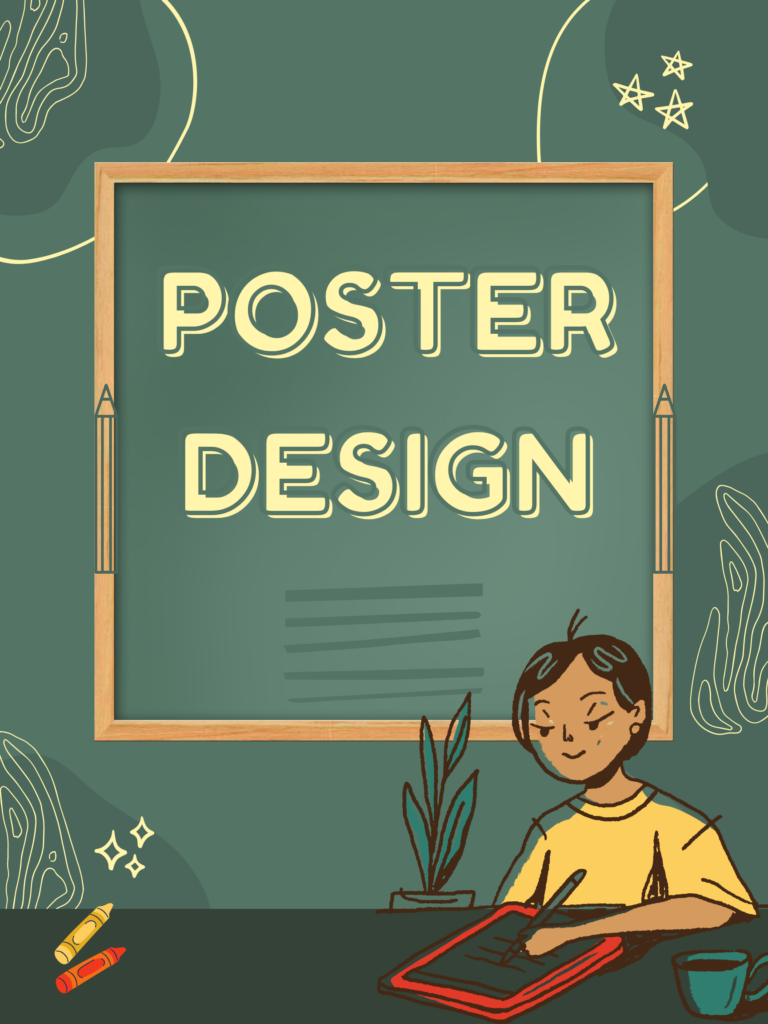The Cognitive Load Theory
As someone who is easily distracted, and struggles to study in loud environments, learning about cognitive load this week piqued my interest. The Cognitive Load Theory (CLT) states a learner’s working memory can become unnecessarily overloaded when instructional design does not account for “the limitations of the human cognitive architecture” (Schnotz & Kürschner, 2007, p. 470). Cognitive load can be divided into 3 components: effective load, ineffective load, and task difficulty load (ColumbiaLearn, 2018). Effective load refers to the learner’s working memory which is being used to focus on their current task; ineffective load refers to the learner’s working memory which is focused on distractions; and task difficulty load refers to the amount of working memory which is consumed by the complexity of a task (ColumbiaLearn, 2018). After learning about the CLT, I now understand why I thrive in quiet learning environments free of distraction: considering I am susceptible to disturbances, and sensitive to noise, much of my working memory is consumed by distractions in overstimulated environments. That being said, cognitive load varies between learners (ColumbiaLearn, 2018); therefore, different learners perform better in different learning environments. For a quick summary of the CLT, please watch the video below:
Cognitive Load and Multimedia Learning Objects
While I described the CLT in terms of learning environments above, the theory can also be applied to the design of multimedia learning objects. For instance, although a common learning tool in today’s classrooms, PowerPoint presentations can cognitively overload students when poorly designed; therefore, instructors should abide by design principles when creating instructional objects. To apply some of the design principles we learned, I created a poster following this week’s activity using Canva (See Figure 1). In this poster, several of Adobe’s design principles were applied, including alignment of text, repetition of shapes, and use of negative space (Adobe Express, 2020). Additionally, as suggested by Phillips in his TED talk, I used an illustrative image, and short accompanying text on my poster. In doing so, the redundancy effect is mitigated, and the capacity of the learner’s working memory increases (TED, 2014). Overall, to ensure effective learning, teachers must design instructional techniques and objects in a manner which does not overload a learner’s working memory.

References
Adobe Express. (2020). 8 basic design principles to help you make awesome graphics. Adobe. https://www.adobe.com/express/learn/blog/8-basic-design-principles-to-help-you-create-better-graphics
ColumbiaLearn. [ColumbiaLearn]. (2018, February 16). MOOC EDSCI1x | Video 1: cognitive load | student learning strategies [Video]. YouTube. https://youtu.be/O6WtKeQrJmY
McGraw Hill. [McGraw Hill PreK-12]. (2019, January 9). Teaching strategies: cognitive load theory [Video]. YouTube. https://youtu.be/UpA6RdE0aYo
Schnotz, W., & Kürschner, C. (2007). A reconsideration of cognitive load theory. Educ Psychol Rev, 19, 469–508. https://doi.org/10.1007/s10648-007-9053-4
TED. [TEDx Talks]. (2014, April 14). How to avoid death by PowerPoint | David JP Phillips | TEDxStockholmSalon [Video]. Youtube. https://youtu.be/Iwpi1Lm6dFo
Leave a Reply
You must be logged in to post a comment.